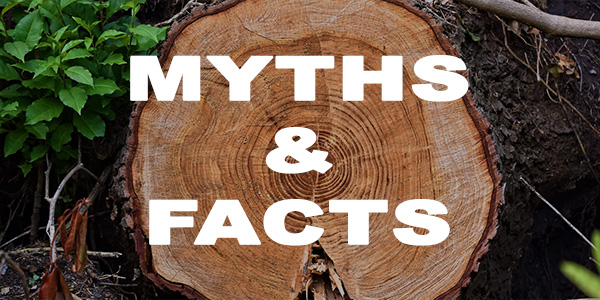Commitment To Education And Sustainability
Forest sustainability, forestry and the forest industry are among the most environmentally friendly of human activities, contrary to common perspectives.

Forest sustainability, forestry and the forest industry are among the most environmentally friendly of human activities, contrary to common perspectives.
